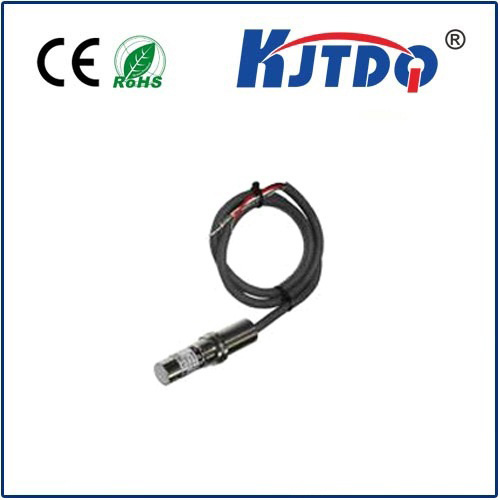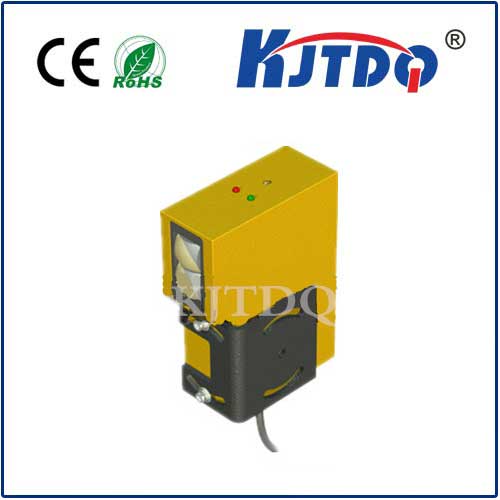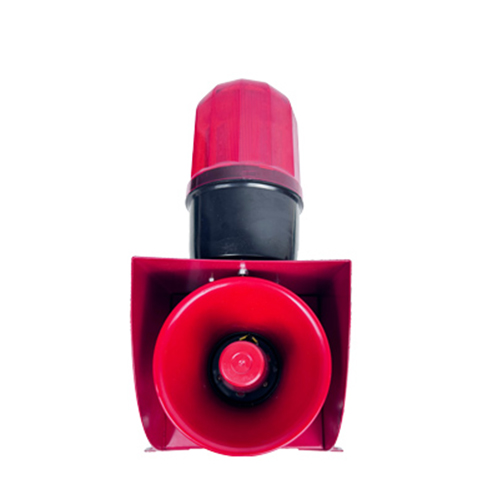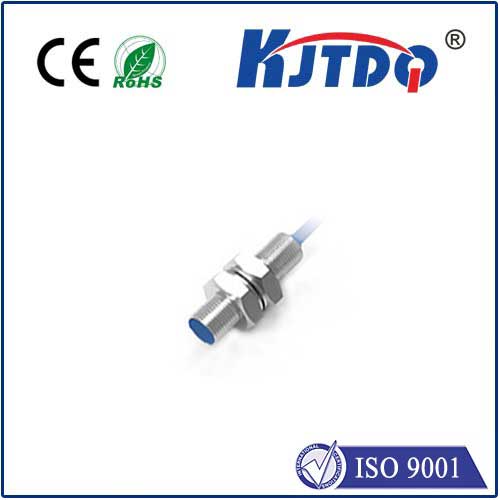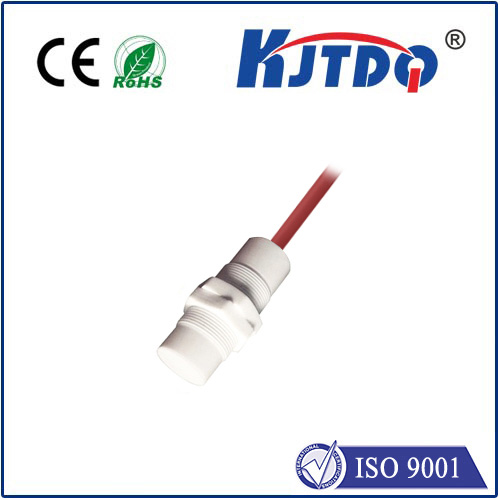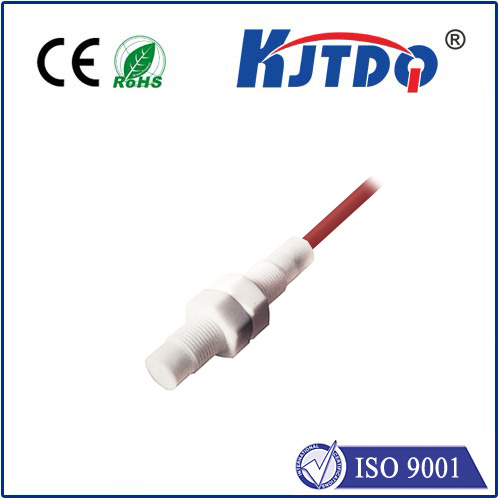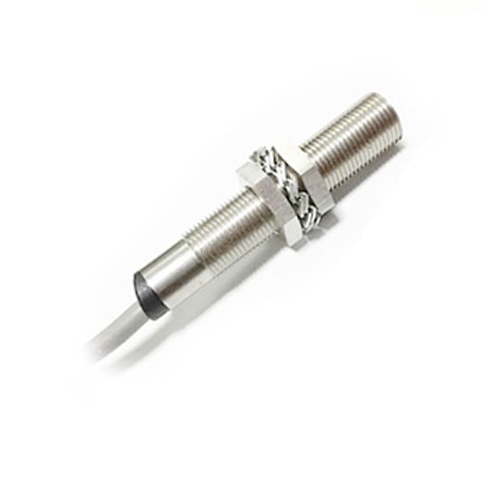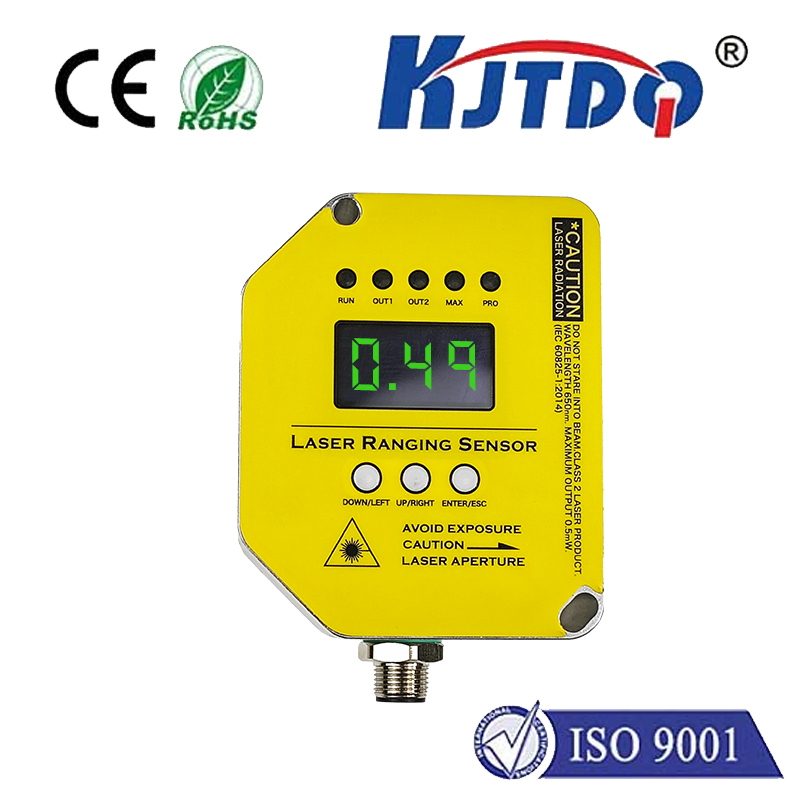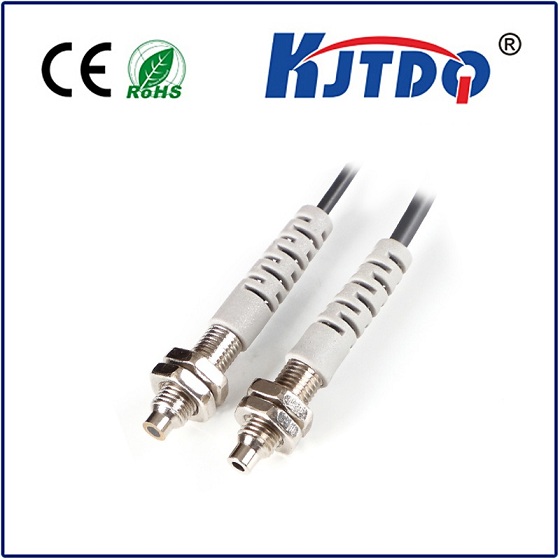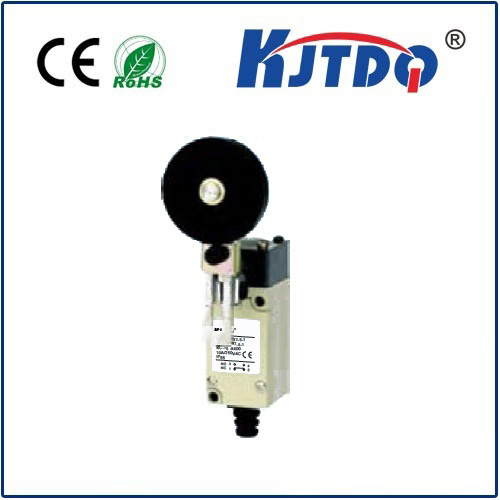

check

check

check

check
In an era where industrial efficiency hinges on seamless detection and response, the unassuming photoelectric sensor stands as a silent hero, transforming mundane tasks into automated marvels. Imagine a factory floor where objects zip along conveyors without a hitch, or a warehouse where inventory counts self-update—all thanks to devices like the E3FA-RN12 2M 24V photoelectric sensor. This compact powerhouse isn’t just another component; it’s a cornerstone of modern automation, designed to deliver accuracy where it matters most. As industries worldwide push for smarter, faster operations, understanding this sensor’s capabilities could be the key to unlocking your next productivity breakthrough.
At its core, the E3FA-RN12 represents a pinnacle of retro-reflective photoelectric sensor technology, engineered by leading brands like Omron to excel in demanding environments. Operating at a standard 24V DC power supply, this model ensures compatibility with a wide array of industrial systems, minimizing the need for complex voltage conversions. The “2M” in its designation highlights a standout feature: a robust detection range of up to 2 meters. This allows it to sense objects from a distance, reducing setup constraints and enabling versatile applications—from detecting small parts on assembly lines to monitoring large pallets in logistics hubs. Unlike basic sensors, the E3FA-RN12 leverages a light-beam principle where an emitter sends infrared signals to a reflector, and the receiver picks up reflections to confirm object presence. This method offers superior reliability over mechanical switches, as it eliminates physical wear and tear, ensuring long-term durability even under harsh conditions such as dust, moisture, or temperature fluctuations.

Delving into its real-world applications, the E3FA-RN12 photoelectric sensor shines in industrial automation, where precision detection is non-negotiable. For instance, in manufacturing plants, it can be deployed to count products on high-speed conveyors, triggering alarms or halting machinery if an item misaligns—saving costly downtimes. In packaging facilities, its 2-meter range allows for easy installation above belts, detecting labels or seals with consistent accuracy. Beyond production, this sensor enhances safety systems in warehouses by sensing personnel near hazardous zones, or in automotive lines for verifying component placements. One user in the logistics sector reported a 20% boost in efficiency after integrating the 24V model, emphasizing its plug-and-play simplicity and reduced maintenance needs. Such versatility stems from its compact, IP67-rated housing, which resists ingress from water and particles, making it ideal for food processing or outdoor settings where reliability is paramount. Compared to ultrasonic or capacitive sensors, the photoelectric type excels in speed and object versatility, handling materials like plastic, metal, or glass without calibration hassles.
Moreover, the advantages of the E3FA-RN12 extend beyond its technical specs to operational cost savings and ease of use. Its 24V DC operation aligns with global industrial standards, avoiding voltage drop issues that plague lower-power alternatives. This ensures stable performance across shifts, with energy consumption optimized for sustainability goals. Installation is straightforward, thanks to intuitive mounting options and adjustable sensitivity knobs—users can fine-tune detection thresholds in minutes, eliminating lengthy setup times. For example, a common challenge in retrofitting older systems is compatibility; however, the sensor’s universal design integrates seamlessly with PLCs (Programmable Logic Controllers), requiring minimal wiring. Maintenance-wise, its sealed construction means fewer replacements, translating to lower total ownership costs. Reliability studies show a lifespan exceeding 100,000 hours, backed by robust testing that simulates years of continuous use. Key to maximizing benefits is choosing the right setup: experts recommend pairing it with polarized lenses in bright environments to prevent false triggers, or using it in clear-line-of-sight configurations for optimal accuracy.
However, implementing the E3FA-RN12 isn’t without considerations. While its photoelectric technology excels in many scenarios, it may struggle with highly reflective or transparent objects, where alternative sensors like diffuse-reflective types might offer better solutions. Environmental factors like heavy fog or steam can occasionally interfere with the light beam, underscoring the need for site assessments prior to deployment. To mitigate this, ensure clean optics and regular inspections—simple steps that preserve the sensor’s high detection reliability. Optimizing the 2-meter range involves strategic placement; avoid obstacles that could block signals, and leverage accessories like mounting brackets for flexible positioning. From a broader perspective, this sensor embodies the shift toward Industry 4.0, where intelligent devices feed data for predictive analytics, enabling smarter decision-making. As automation evolves, the E3FA-RN12 remains a future-proof investment, adaptable to IoT integrations without overhauling existing infrastructure.
Ultimately, leveraging this photoelectric sensor in your operations translates to tangible gains. Training teams on its functions fosters safer workplaces, while its error-proof detection minimizes waste and rework. Whether scaling up production or enhancing quality control, the E3FA-RN12 2M 24V model delivers a competitive edge through unwavering precision.
